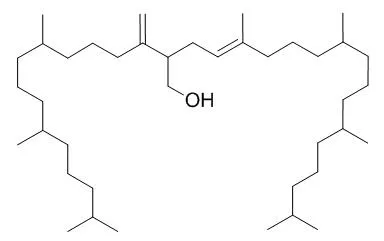World Health Organization (WHO) has recommended that traditional health and folk medicine systems are proved to be more effective in health problems worldwide.
METHODS AND RESULTS:
Trianthema portulacastrum Linn. is a herb used in Ayurvedic medicine. The principal constituent of T. portulacastrum Linn. is ecdysterone and the other constituents are Trianthenol, 3-acetylaleuritolic acid, 5,2'-dihydroxy-7-methoxy-6,8-dimethylflavone, leptorumol, 3,4-dimethoxy cinnamic acid, 5-hydroxy-2-methoxybenzaldehyde, p-methoxybenzoic acid, and beta cyanin. Different parts of Trianthema portulacastrum Linn. are traditionally used as analgesic, stomachic, laxative, treatment of blood disease, anemia, inflammation, and night blindness. Laboratory investigations on extracts of the plant have demonstrated significant pharmacological activities, such as antioxidant, diuretic, analgesic, hepatoprotective, and anticarcinogenic.
CONCLUSIONS:
This article compiles all updated information related to T. portulacastrum Linn. Scientifically proved activities are co-related with traditional concepts. Scientific evidence exists with respect to their major and minor constituents. The novelty and applicability of T. portulacastrum are hidden. Such things should be overcome through modern scientific concepts. |






 Cell. 2018 Jan 11;172(1-2):249-261.e12. doi: 10.1016/j.cell.2017.12.019.IF=36.216(2019)
Cell. 2018 Jan 11;172(1-2):249-261.e12. doi: 10.1016/j.cell.2017.12.019.IF=36.216(2019) Cell Metab. 2020 Mar 3;31(3):534-548.e5. doi: 10.1016/j.cmet.2020.01.002.IF=22.415(2019)
Cell Metab. 2020 Mar 3;31(3):534-548.e5. doi: 10.1016/j.cmet.2020.01.002.IF=22.415(2019) Mol Cell. 2017 Nov 16;68(4):673-685.e6. doi: 10.1016/j.molcel.2017.10.022.IF=14.548(2019)
Mol Cell. 2017 Nov 16;68(4):673-685.e6. doi: 10.1016/j.molcel.2017.10.022.IF=14.548(2019)